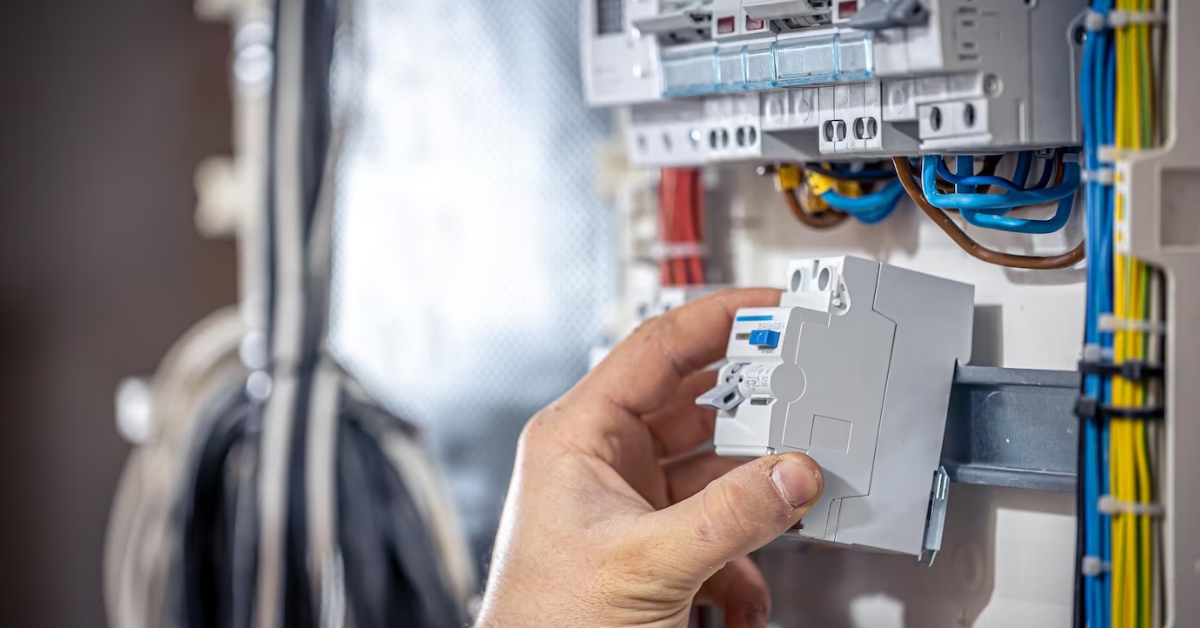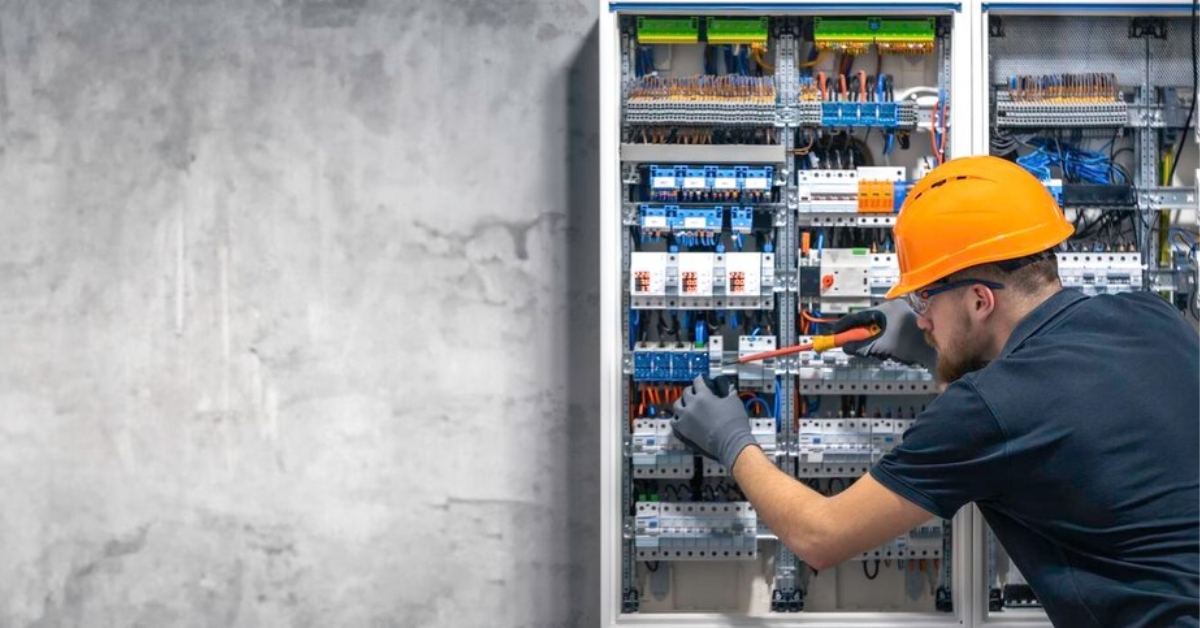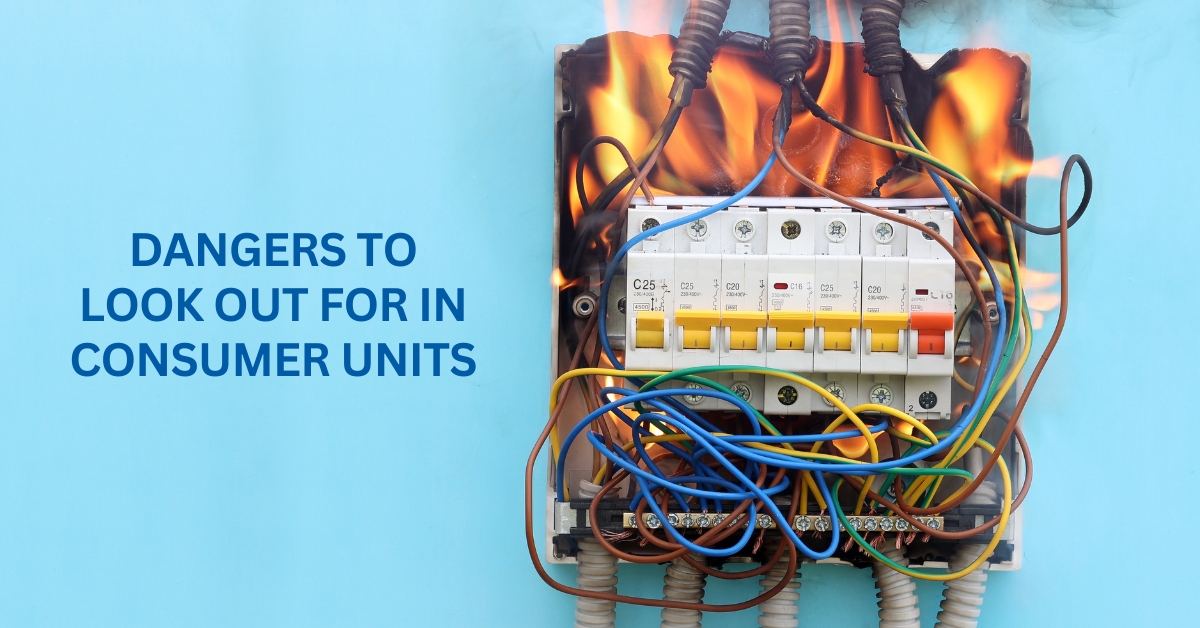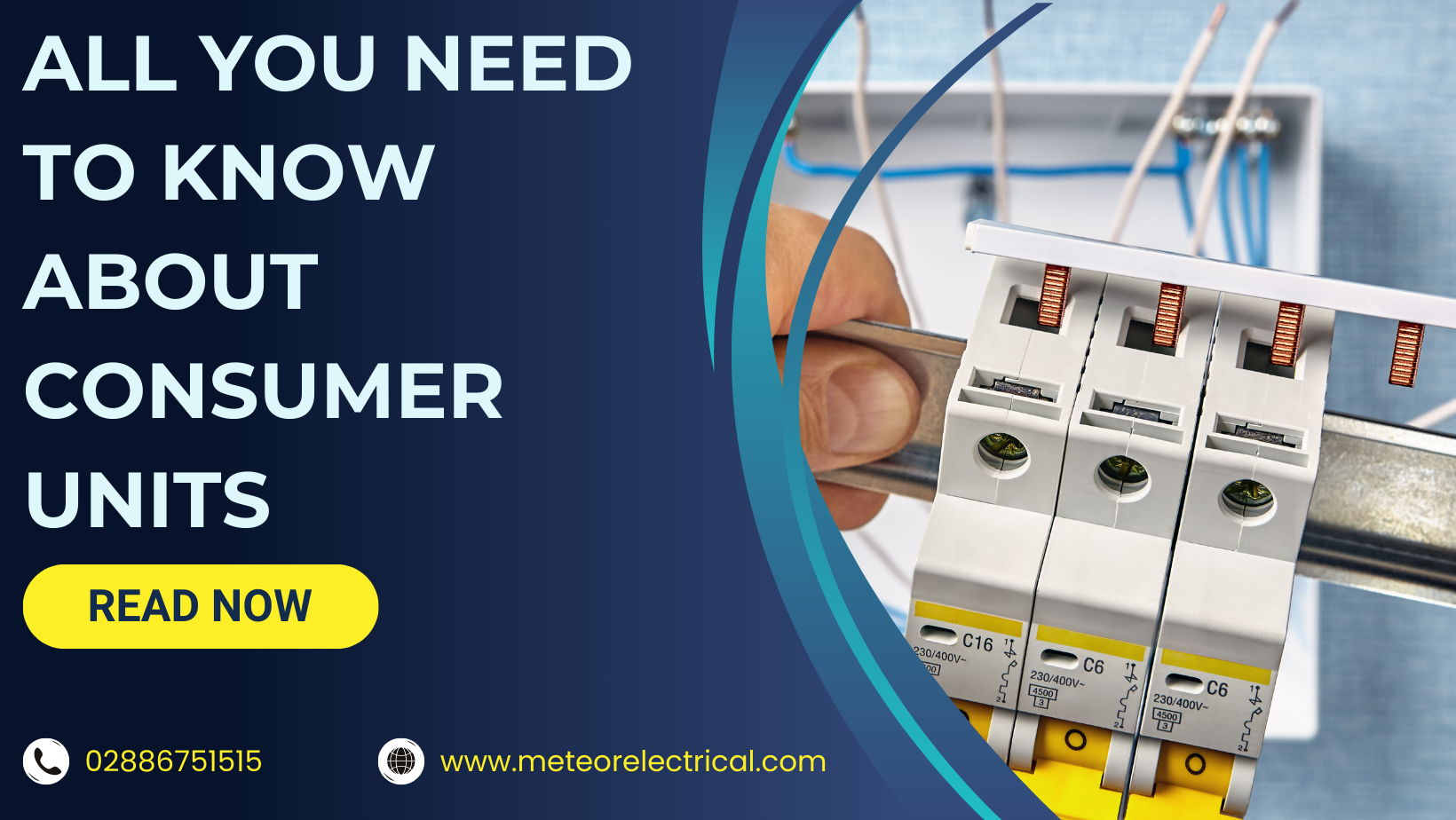All You Need to Know about Consumer Units

Welcome to our comprehensive guide on consumer units! Whether you're a homeowner, renter, or business owner, understanding consumer units—commonly known as fuse boxes—is crucial for maintaining electrical safety in your property. This guide will walk you through everything you need to know, from the basic components to potential dangers and maintenance tips. Let's dive in!
The Engineering Mindset

A consumer unit,is the central hub for electrical distribution in any building. It ensures that electricity from the mains supply is safely divided into secondary circuits that power various parts of your home or workplace. This vital piece of equipment not only facilitates the safe distribution of electricity but also provides crucial circuit protection.
According to the Electrical Safety Foundation International (ESFI), there were 166 fatal and 1,900 non-fatal electrical injuries in 2019. Many of these incidents could have been prevented with the proper installation and maintenance of consumer unit boards, which protect against both cable overloads and electrical shocks.
Moreover, data from Electrical Safety First highlights that faulty electrics are a leading cause of domestic fires, with around 20,000 fires in the UK each year being attributed to electrical faults. Properly maintained consumer unit boards play a significant role in preventing such hazards.
Additionally, the National Fire Protection Association (NFPA) reports that electrical failures or malfunctions were involved in an estimated 43,700 home structure fires per year, which resulted in about $1.4 billion in direct property damage between 2014 and 2018. Regular inspections and updates to consumer units can help mitigate these risks.
Understanding these statistics underscores the importance of maintaining and upgrading consumer units to ensure they continue to provide effective protection against electrical hazards.
Credit: The Engineering Mindset
Key Components of a Consumer Unit

Main Switch
The main switch is the primary control for the electricity supply within your property. It allows you to turn off the power entirely, which is essential during electrical repairs or emergencies. If the main switch is off, the consumer unit—and consequently, the whole property—will be isolated from the electrical supply.
Residual Current Devices (RCDs)
RCDs are life-saving devices designed to prevent electrical shocks and fires. They detect imbalances in the electrical current and shut off the circuit when necessary. This quick response can significantly reduce the risk of serious injury or fire caused by electrical faults.
RCDs are mandatory in modern households and commercial environments. They protect against earth leakages that could result from faulty installations or DIY projects. If an earth leakage is detected, the RCD will trip, turning off the circuit to prevent potential hazards.
Features of RCDs:
- CE certified and compliant with EN61008
- Provides protection against earth faults and leakage currents
- Automatically disconnects the circuit when an imbalance is detected
Miniature Circuit Breakers (MCBs)
MCBs protect individual circuits by detecting and responding to overcurrent conditions, which can occur when too many devices are plugged into a single circuit. There are three main types of MCBs:
- Type B: Used in domestic settings with minimal need for surge protection. Trips at 3-5 times the rated load.
- Type C: Suitable for commercial and industrial environments with higher surges. Trips at 5-10 times the rated load.
- Type D: Designed for heavy-duty commercial and industrial use, such as with welding equipment or x-ray machines. Trips at 10-20 times the rated load.
Features of MCBs:
- CE certified and compliant with EN60898
- Protects against overcurrent
- Automatically disconnects the circuit when overcurrent is detected
Residual Current Circuit Breakers with Over-Current (RCBOs)
RCBOs combine the functions of RCDs and MCBs, providing comprehensive protection against overloads, short circuits, and earth leakage currents. They are not found in all consumer unit boards but offer enhanced safety where they are installed.
Surge Protection Devices
Surge protection devices (SPDs) safeguard your electrical system from power surges, which can damage appliances and shorten their lifespan. SPDs limit the voltage supplied to electrical devices, providing a layer of protection against faulty wiring and appliances.
Features of SPDs:
- Can be easily added to existing consumer units
- CE certified and compliant with relevant safety standards
- Protects against voltage spikes and surges
| Component | Function |
|---|---|
| Main Switch | Controls the overall electricity supply to the property. Allows for complete power shut-off. |
| Residual Current Devices (RCDs) | Detects imbalances in electrical current and automatically shuts off the circuit to prevent shocks and fires. |
| Miniature Circuit Breakers (MCBs) | Protects individual circuits by detecting overcurrent conditions and shutting off the circuit when necessary. |
| Residual Current Circuit Breakers with Over-Current (RCBOs) | Combines the functions of RCDs and MCBs to protect against overloads, short circuits, and earth leakage currents. |
| Surge Protection Devices (SPDs) | Limits voltage supplied to electrical devices to protect against power surges caused by faulty wiring or appliances. |
Credit: GSH Electrical
Dangers to Look Out for in Consumer Units

Thermal Damage
Signs of thermal damage, such as burning smells or crackling sounds, indicate serious issues with the consumer unit. If you notice these signs, contact a registered electrician immediately to prevent potential hazards.
Regular Power Cuts
Frequent power cuts may signal underlying issues with your consumer unit or electrical system. Regular trips are a safety feature designed to prevent electrical shocks or injuries. If this happens often, have a professional inspect your system to identify and rectify the problem.
Regular Maintenance
Regular maintenance of your consumer unit board is essential for ensuring the safety of your property. Here are some key maintenance tips:
- RCD Testing: Test your RCDs every six months to ensure they are functioning correctly.
- Periodic Inspections: Have a qualified electrician perform a periodic inspection every 10 years to check the safety and compliance of your electrical wiring.
- Routine Checks: Regularly check your consumer unit for any signs of wear or damage.
Proper maintenance helps ensure that your consumer unit continues to provide the necessary protection for your home or business.
Conclusion
In summary, consumer units are the backbone of your property's electrical safety. By familiarising yourself with their components, ensuring regular maintenance, and understanding the potential hazards, you can significantly reduce the risk of electrical accidents. At Meteor Electrical, we are dedicated to providing high-quality consumer unit boards, RCDs, MCBs, RCBOs, and surge protection devices to keep your home or business safe. For more detailed insights and to explore our range of products, visit our website or contact our friendly advisors. Stay safe, stay informed, and ensure your electrical systems are always in top-notch condition.
FAQs
1. What is a consumer unit?
A consumer unit, also known as a fuse box, is a central hub for electrical distribution in a building. It divides electricity from the mains supply into individual circuits, ensuring safe and efficient power distribution and protection.
2. Why is an RCD important in a consumer unit?
A Residual Current Device (RCD) is crucial for preventing electrical shocks and fires. It detects imbalances in the electrical current and automatically shuts off the circuit if a fault is detected, significantly reducing the risk of injury or damage.
3. How often should I test my RCDs?
RCDs should be tested every six months to ensure they are functioning correctly. Regular testing helps maintain the safety and reliability of your electrical system.
4. What is the difference between MCBs and RCBOs?
Miniature Circuit Breakers (MCBs) protect against overcurrent faults, such as overloads and short circuits. Residual Current Circuit Breakers with Over-Current (RCBOs) combine the functions of MCBs and RCDs, offering protection against both overcurrent faults and earth leakage currents.
5. When should I replace my consumer unit?
You should replace your consumer unit if you notice signs of thermal damage (like burning smells or crackling sounds) or if it frequently trips. Regular inspections by a qualified electrician can also determine if a replacement is necessary to maintain safety and compliance with current regulations.

